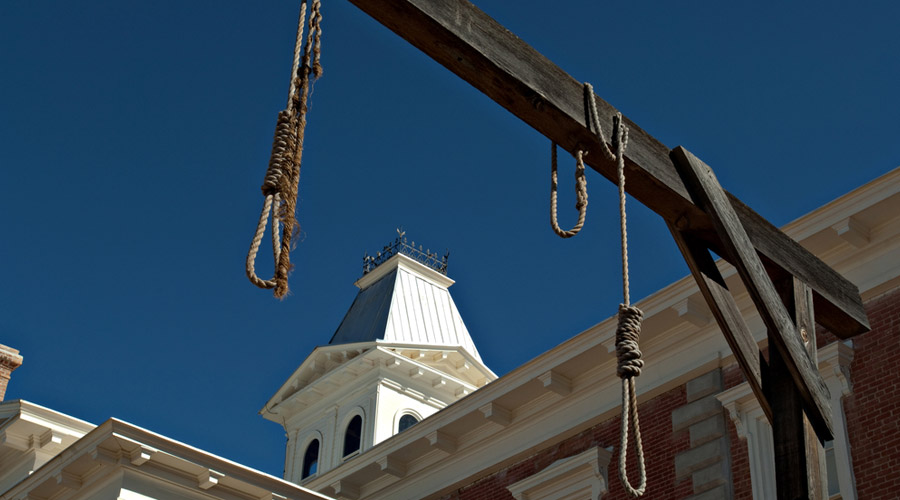Chitrabhanu, a death-row prisoner for around 19 years, was confined to a single cell in the death barrack of the prison. His mercy petition is pending before the president. He narrated his agony to the interviewer from Project 39A of the National Law University, Delhi, recalling how he had made a noose from a piece of cloth, placed it over his neck, and tightened it to get a sense of how the end might feel. The tale of Chitrabhanu matches that of hundreds of death-row prisoners who, denied of dignity, are waiting for either redemption or execution.
The law stands on the notion that prisoners deserve the right to be treated with dignity. The idea behind the dignity of death-row prisoners requires the State to allow them to be reformed or record such signs of reformation. However, the reality is very different. The report, Deathworthy, published by Project 39A, recounts the experiences of death row prisoners, including their mental and physical trauma that is prohibited by the law.
The Supreme Court has held — repeatedly — that the right to life and dignity applies to prisoners. Even a death penalty does not take away the right to dignity. In Bachan Singh versus State of Punjab (1980), the apex court emphasized that Article 21 of the Constitution has its traces in the dignity of human beings; even if death has to be awarded, it has to be accorded with dignity.
However, all this gleams in theory only. Losing individual autonomy is one of the inevitable consequences of incarceration of death-row prisoners. Prison rules, formal or informal, encroach upon every aspect of a prisoner’s life, including timings for sleeping, meals, interaction with family and inmates, activities like rest and work, as well as healthcare and education. Prison officials who watch over inmates are meant to be agents of control.
Deliberating on the pitiful conditions in prisons and the incessant breach of fundamental rights of prisoners in Re-Inhuman Conditions (2016), the highest court held that the right to health as recognized as part of the fundamental right to life includes prisoners and death-row prisoners. Yet, there has been a systematic failure to protect the mental health of prisoners. According to the Deathworthy report, out of 36 death-row prisoners who were later acquitted or had their sentences commuted, 34 experienced suicide ideation and as many as 30 reported major depressive disorders. Further, around eight death-row prisoners, whose sentences were commuted, were undertrials for more than five years, while four were undertrials for more than 10 years. The law on undue and inordinate procedural delays strikes at the dignity of an individual enshrined in the constitutional values embedded in Articles 14, 19 and 21. In T.V. Vatheeswaran vs State of Tamil Nadu (1983), the Supreme Court noted the adverse impact that a life lived apprehending death can have on death row prisoners’ mental and psychological health.
The loss of dignity affects the prisoners’ families as much as it affects the prisoners. Death-row prisoners and their families often become prey to media attention and continuous stigmatization. The media narrative encourages society to label the kin of death-row prisoners as a ‘death-row family’, treating them as outcastes to the debate on fundamental dignity.
The more significant question that needs to be answered concerns the barbaric methods of torture and the consequent physical and psychological trauma. Although the law has a standing position on upholding an individual’s dignity even on death row, the system aims at breaking down the spirit beyond repair. There is an immediate need for introspection in the debate to prisoners’ dignity so that a course fit to grant dignity to death-row inmates and their families can be adopted.
Shaileshwar Yadav can be reached @shaileshwar21











